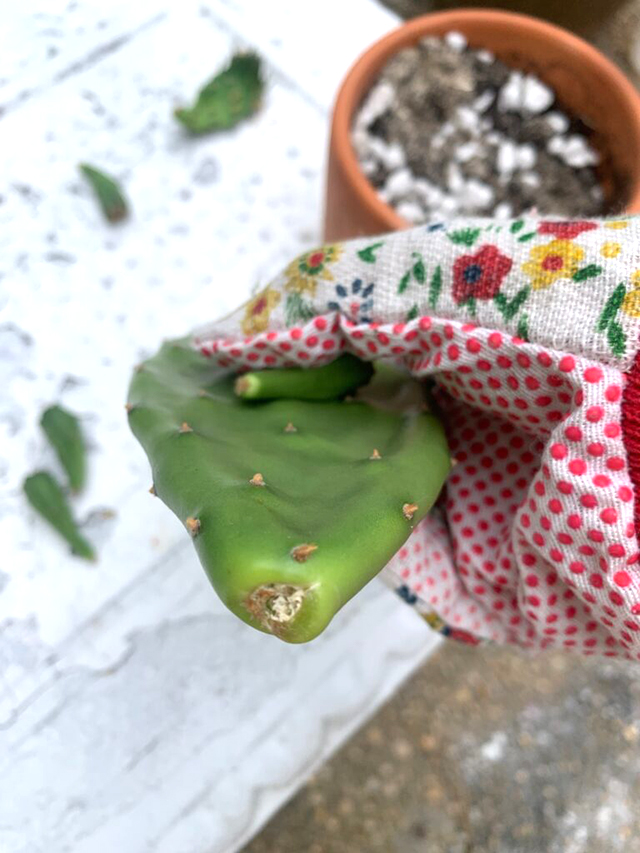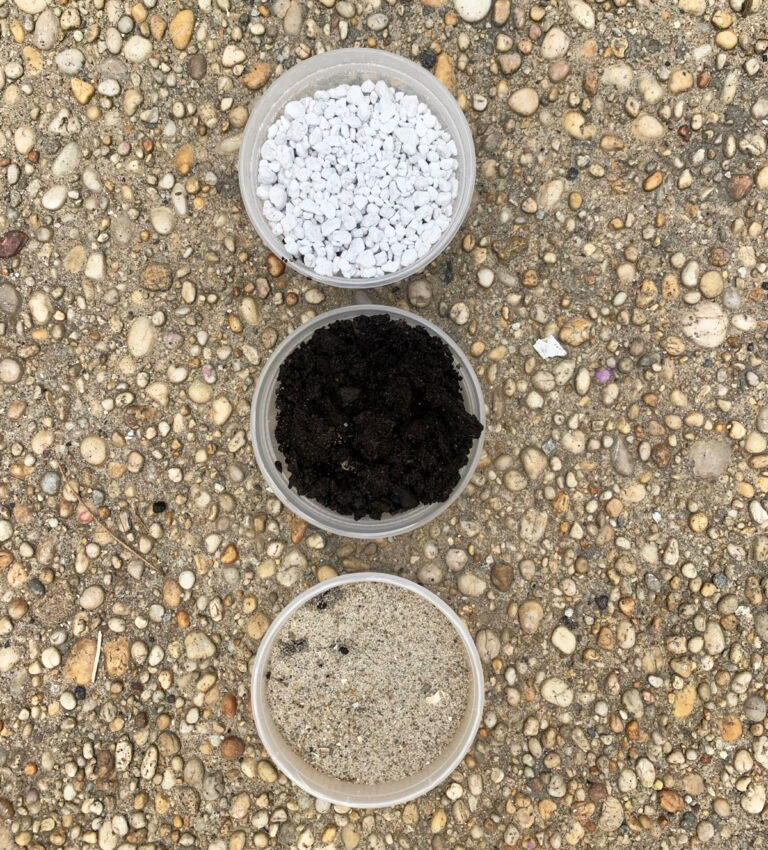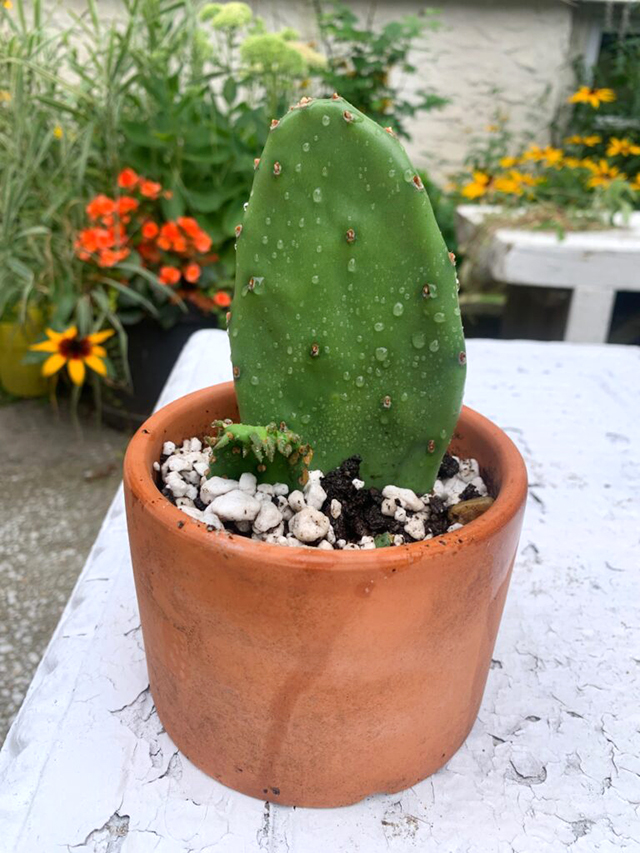Easy How-To: Prickly Pear Propagation
I’ve always admired prickly pear cactus for its distinctive paddle spikes, bright red buds, and showy yellow flowers. There are 181 different species. Opuntia is a perennial shrub with waxy skin. The cactus thrives in sandy soil and dry conditions. It grows wild in arid areas in the south and southwest. Opuntia is indigenous to the Americas. Pear cactus is a domesticated crop plant grown and harvested throughout the world.
Right now is the plant’s growing season and when you see “baby paddles” forming. This is the ideal time to propagate. I’ve never grown prickly pear myself, so I was excited to give it a try. My friend Kristi, a fellow garden member (@beach91communitygarden), has a large prickly pear patch that she cares for. She offered me some paddles for my propagation project.
The process is simple:
- Using gloves, gently pull or cut a clipping off the main paddle. Look for the joints where each paddle connects. Repeat to gather as many as you need.
- Dry the paddles for about 5 days so the wound calluses over. Why is this important? All cacti need very little water and this will ensure the clipping does not rot when planted. The wound will look brown when it’s ready. You don’t have to wait for roots to sprout before planting.
- Soil is important. Use a cactus mix which you can buy at the garden center or this low-cost soil recipe: 2.5 cups of soil, 1 cup of coarse sand (we have plenty of that), and 1 cup of perlite.
- Plant! Choose a container with drainage holes. Fill the pot with ⅔ soil mix. Place the prickly pear(s) upright in the pot and use a spoon to add more soil mix on top. Pat the soil until the pad is sturdy in place.
- Water the pot thoroughly. After one week give the pad a tug. If it feels secure with resistance, your plant has rooted! The rooting process may take up to two weeks. A misconception is to water cacti scarcely. The proper watering regiment is this: saturate the container (must have drainage) once every 2-3 weeks. Leave the cactus to dry out completely before the next watering.
Prickly Pear can live indoors or outdoors in pots or in the ground. Take your pots inside in the late fall to enjoy these plants year-round. Integrate into your home decor for a fun southwestern vibe! Prickly Pear needs a south-facing window with plenty of sun.
As mentioned above, prickly pear is an agricultural crop. Yup, they’re edible! Often cocktails are made with sweet fruit. I’ve seen prickly pear in Key Food by the refrigerated produce. They can be eaten raw or cooked. I think it’s about time I try a recipe using this unique food, stay tuned for that…
Follow Paula in the field on Instagram @theglorifiedtomato.


























